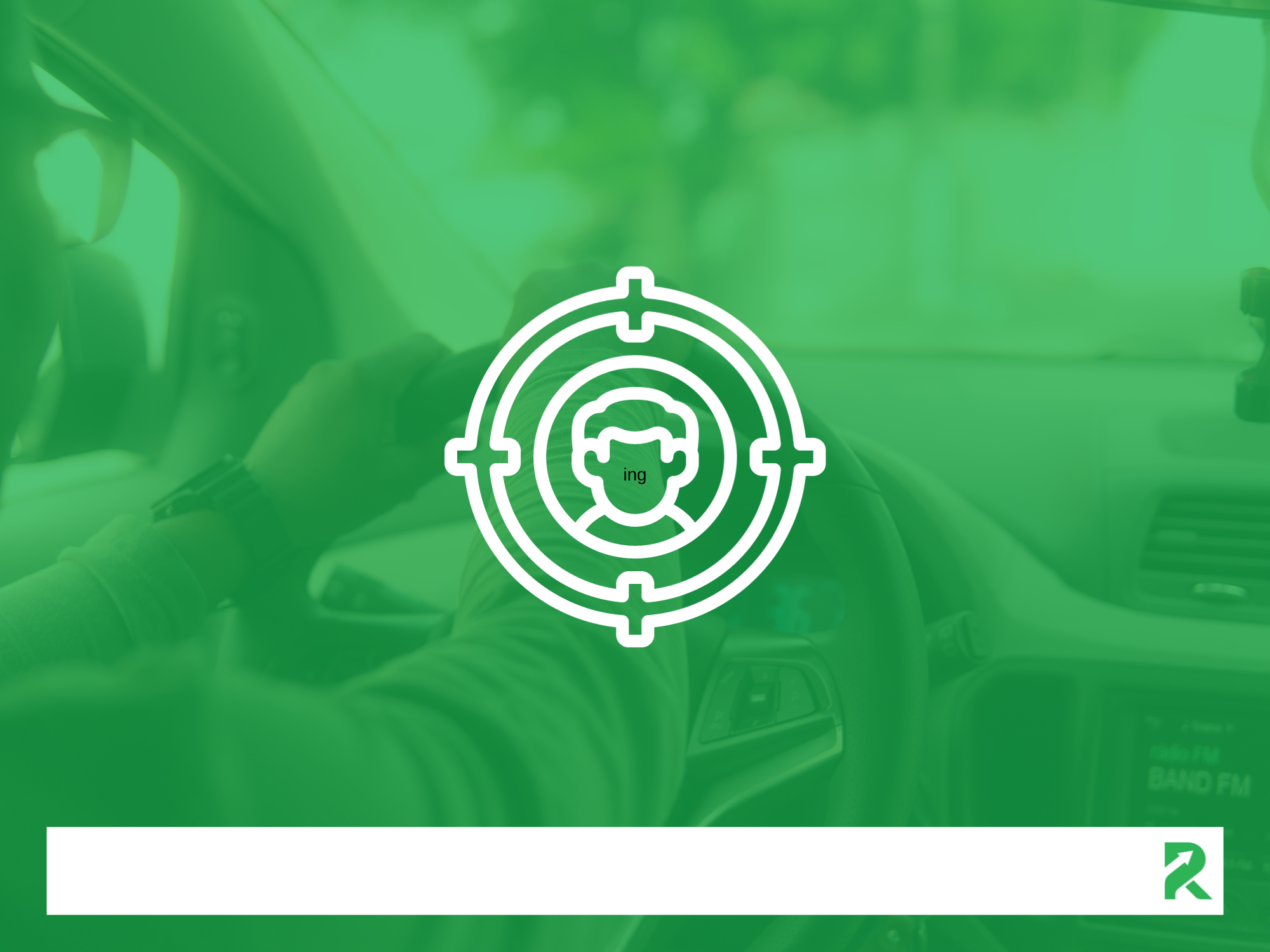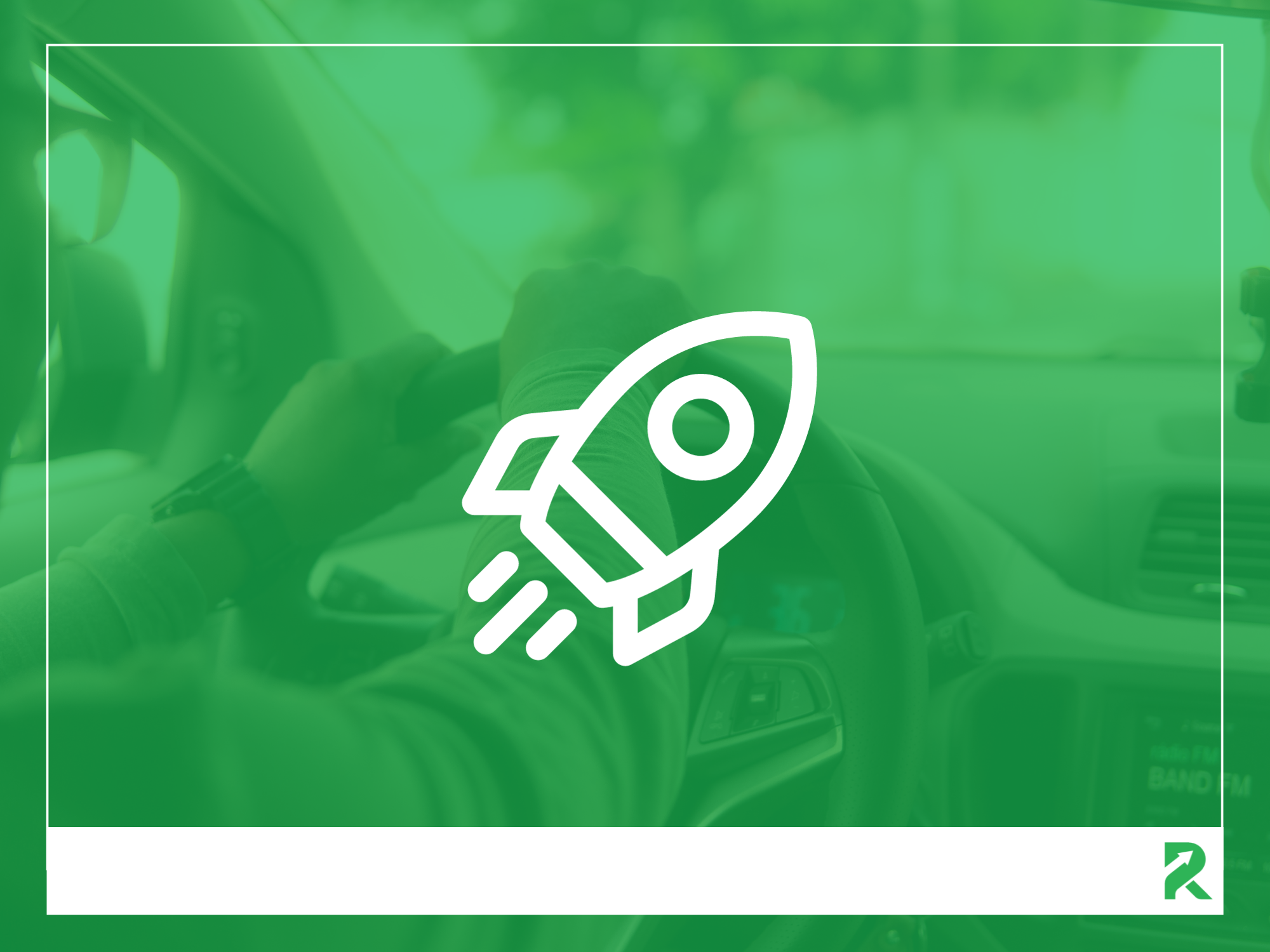Table of Contents
With the advent of e-commerce, social media, mobile apps, and other digital platforms, customers now have an array of choices for discovering, researching, and purchasing products or services. As a result, an effective strategy which has emerged as a powerful solution for businesses seeking to deliver a seamless, personalized, and immersive experience for customer interactions is an omnichannel one.
TL;DR: What does an effective omnichannel strategy help your customers experience?
-
Omnichannel = One brand experience across every channel
-
Sync your website, mobile, email, social, and in-store experience
-
Let customers pick up where they left off—anywhere, any time
-
More touchpoints = more data to personalize and convert
-
Map the journey: know where people drop off and how to re-engage
-
Use CRM, marketing automation, and chatbots to scale it all
-
Net result? Higher retention, better CX, and revenue that doesn’t leak through the cracks
Why does an omnichannel strategy matter more than ever today?
Today, people expect a seamless experience across all customer touchpoints; an omnichannel strategy allows you to provide just that. When customers have a positive experience with your brand, they're more likely to become loyal customers and recommend your business to others. On the other hand, a negative experience can lead to lost sales and a damaged reputation. This is why it's crucial to invest in an omnichannel strategy that prioritizes the customer's needs and preferences.
Defining Omnichannel Strategy
So, what exactly is an omnichannel strategy?
Put simply, it's a strategy that involves integrating all your channels (website, mobile app, social media platforms, and more). The goal of an omnichannel strategy is to provide a consistent and cohesive experience for your customers, regardless of which channels they use to interact with your brand.
For example, if a customer adds an item to their cart on your website but doesn't complete the purchase, an effective omnichannel strategy would allow them to receive a reminder email or push notification on their mobile device to complete the purchase. This not only provides a convenient reminder for the customer but also increases the chances of conversion for your business.
Benefits of Implementing an Omnichannel Approach
The benefits of implementing an omnichannel approach are numerous. For starters, you'll be able to reach your customers on all the channels they use, which increases your chances of conversion and generates higher revenue. In addition, an omnichannel approach can help you to build brand loyalty, improve customer satisfaction, and gain a competitive edge over businesses that are yet to implement an omnichannel strategy.
Another benefit of an omnichannel approach is that it allows you to gather valuable data on your customers' behavior and preferences. By analyzing this data, you can make informed decisions about which channels to prioritize and how to personalize the customer experience. This can lead to increased customer satisfaction and loyalty, as well as higher sales and revenue.
How do you analyze your target audience and map their customer journey?
Identifying Your Target Customers
The first step in analyzing your target audience is to identify who they are. This can involve researching demographics such as age, gender, income, and location. Understanding your customers' demographics can help you create targeted marketing campaigns that speak directly to them.
However, demographics are just one piece of the puzzle. To truly understand your customers, you need to dig deeper. This can involve conducting surveys, focus groups, and customer interviews to gain insights into their motivations, behaviors, and pain points.
Mapping the Customer Journey
Once you've identified your target customers, it's time to map out their customer journey. This involves identifying the touchpoints they have with your brand and the channels they use to interact with you.
For example, a customer might first discover your brand through a social media ad, then visit your website to learn more about your products, and finally make a purchase. By understanding this journey, you can create a strategy that provides a seamless experience across all touchpoints.
It's important to note that the customer journey is not always linear. Customers may jump between touchpoints or use different channels at different stages of their journey. By being flexible and adaptable, you can create a strategy that meets your customers where they are.
Recognizing Customer Pain Points and Preferences
To create an effective omnichannel strategy, you need to understand your customers' pain points and preferences. This can involve conducting surveys, listening to customer feedback, and analyzing customer complaints.
By identifying areas where your customers are struggling or where your brand is falling short, you can create a strategy that addresses these issues and improves the overall customer experience.
How do you use technology to power an effective omnichannel strategy?
Finally, to create an effective omnichannel strategy, you need to leverage technology. Here are a few ways you can do this:
Implementing Customer Relationship Management (CRM) Systems
With a CRM system in place, you can collect customer data from multiple channels and create a comprehensive profile that can inform your marketing and sales strategies.
Utilizing Marketing Automation Tools
Marketing automation tools can help you to create personalized experiences for your customers across all channels. By automating repetitive tasks such as email marketing and social media posting, you can free up time to focus on other areas of your business.
Embracing Artificial Intelligence and Chatbots
Finally, embracing artificial intelligence and chatbots can help you to provide a more personalized experience for your customers. Chatbots can be used to answer customer questions and provide support 24/7, while artificial intelligence can be used to create personalized product recommendations and marketing campaigns.
How can you build an omnichannel strategy that actually works?
Implementing an omnichannel strategy may seem daunting, but with the right approach and tools, it can be a game-changer for any business looking to improve their customer experience. By understanding the importance of omnichannel, analyzing your target audience and customer journey, and leveraging technology, you can create a strategy that provides a seamless customer experience and drives success for your business.
-2.png)


.png)

